Your Cart is Empty
Get Up To 35% OFF & Free Delivery
Get Up To 35% OFF & Free Delivery
Get Up To 35% OFF & Free Delivery


Knowing your dog’s age in human years (both real and relative!) is important for lots of different reasons. It can help you gain a deeper understanding of their behaviour, tailor their training regimes, customize their diet, and much more.
The misconception that one human year equals seven dog years is an oversimplification, as there are a range of factors that affect how your dog will age. Things like their breed, genetics, lifestyle, and overall health are all going to have a real impact.
This article explores how you can calculate your dog’s true age with ease, and helps you understand why this information can be really useful to know. If you’re keen to know how old a dog is in human years, and what this means for your four-legged friend, you’ve come to the right place.
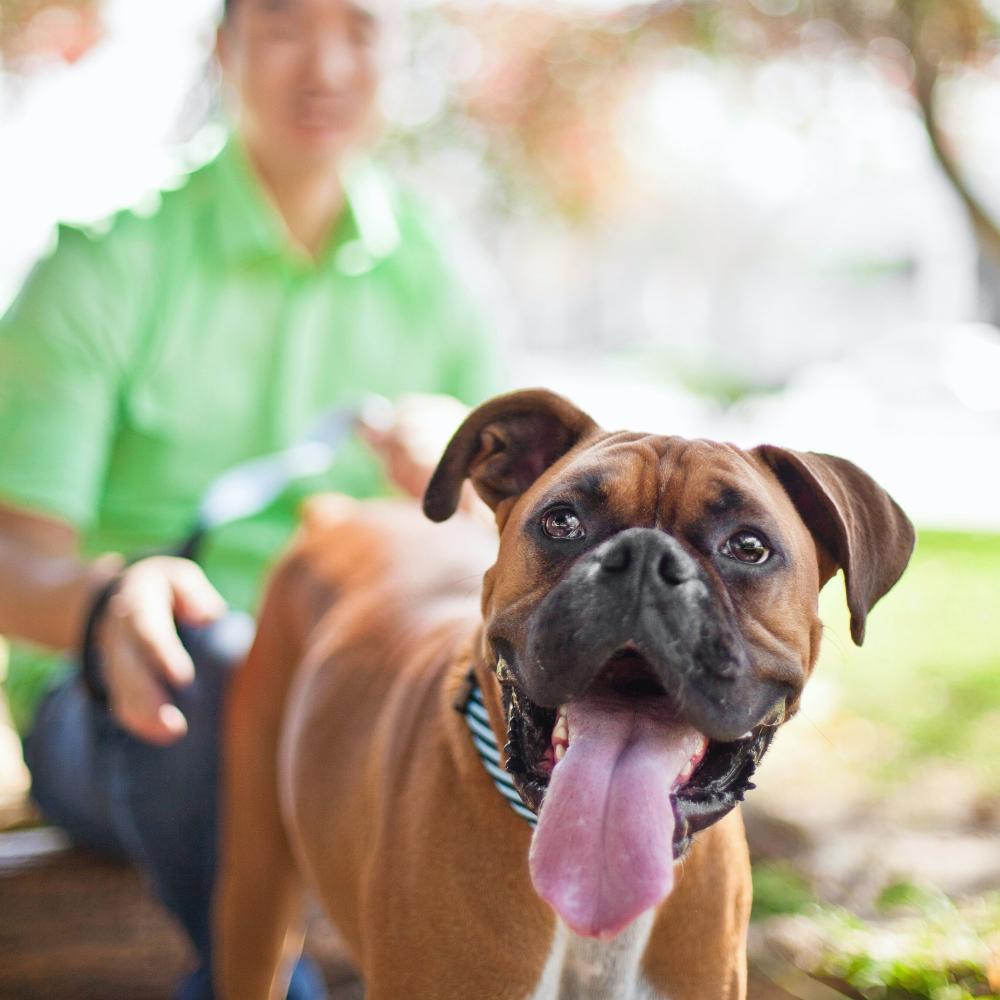
We all know that dogs won’t live as long as us. They’ve got a faster metabolic rate and age at a far quicker rate than humans do. In their first year of life, they go from a newborn to an adolescent; now that’s a rapid rate of development!
Thankfully, their aging does not continue at such an accelerated rate for their entire life, and it will slow down after the first year or two. As a rough guideline, once they’re an adult, they tend to age about five of ‘their’ years for every one of ours. However, this is going to be faster for giant breeds and quite a bit slower for Toy dogs.
Scientists have found that the cell turnover rate in large breeds is much quicker compared to smaller dogs, and that they typically develop age related disease and cancers much sooner. This helps explain why the typical lifespan of a Chihuahua is around 14 to 16 years, while a giant dog like a Great Dane or Wolfhound may only make it to eight or nine.
We usually use the term ‘puppy’ to define the first year of life in a small breed, and the first two in a large breed. After this, they have a relatively short adolescence phase. Much like human teenagers, we can see behavioural issues and defiance emerging!
Their adult life is their longest phase, and they then become a senior dog from about the age of six or seven for very large breeds, or ten for smaller dogs. Being able to recognise these stages is really crucial when it comes to managing our expectations of our dogs, promoting their health, and getting the most out of them.

The chart linked below is a great starting point, when it comes to roughly knowing your dog’s age in human years. Note that while large and giant breeds initially mature more slowly than their peers, they soon start to overtake them in the aging race.
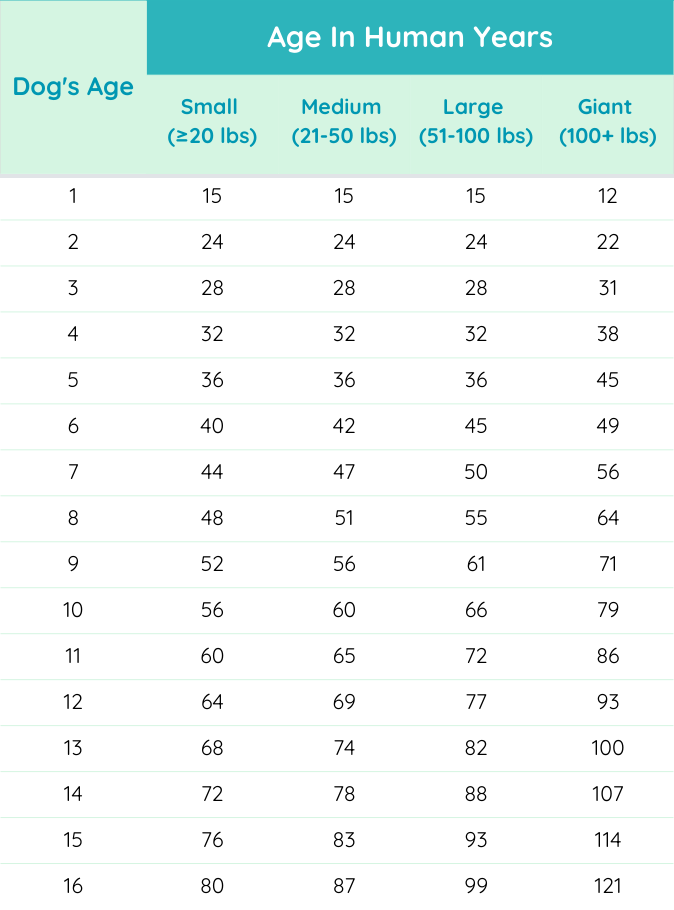
You are always going to find individual variation, just like you do among humans. One sixty year old may spend their evenings sitting on the sofa and knitting, while another may be off doing Zumba and going speed dating!
Once you have determined your dog’s human age, be aware that they’re only as old as they feel. They themselves have got no concept of aging, and if they still get the Zoomies and like to chase squirrels well into their teenage years, who are we to stop them?

When I was growing up, the confident assertion was that for calculating a dog’s age in human years, there was a ratio of one dog year to seven human years. However, this approach is now considered quite outdated. Certainly, saying that an eighteen year old Chihuahua is 126 years old, seems a bit implausible.
Let’s take a look at some of the more modern approaches that we have for when we want to convert dog years to human years:
The American Veterinary Medical Association (AVMA) have developed their own method,which many vets follow today. They allow for the altered developmental rate in the first years and suggest we treat the first year as equivalent to 15 years of human life, the second year as nine human years, and every subsequent year as five years.
While somewhat useful, as this formula does not factor in different sizes and breeds, it is a definite over-simplification. It’s nice that there’s no need to get your calculator out, but it is quite black and white and won’t apply to all dogs.

Another approach that is becoming widely recognised is the California Generic Method (Epigenetic Clock Model). This method is based on a study which uses DNA methylation patterns to map age-related changes in comparison to people, with a focus on the genes that are involved in development.
Interestingly, this method equates the first 8 weeks of a pup’s life to the first 9 months of a baby’s. This approach has been welcomed in the veterinary community, as it seems to translate well in reality.
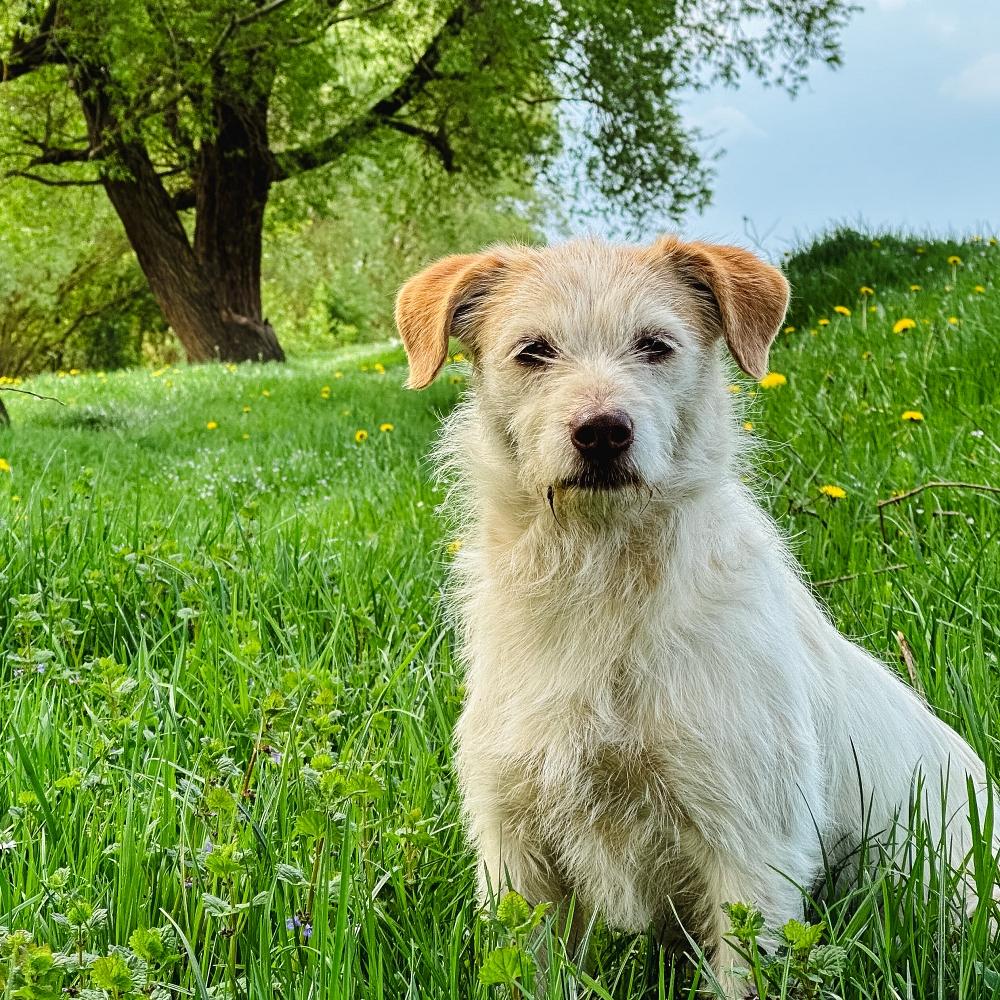
Though we cannot predict how long any individual dog will live, there are general rules and averages that dogs follow. We tend to predict lifespan based on breed. However, there are lots of other factors that need to be considered including the dog’s lifestyle, their body condition score, whether or not they’re neutered etc.
If we take a look at some of the more popular breeds (one from each size category) we can get a good impression of average lifespans:
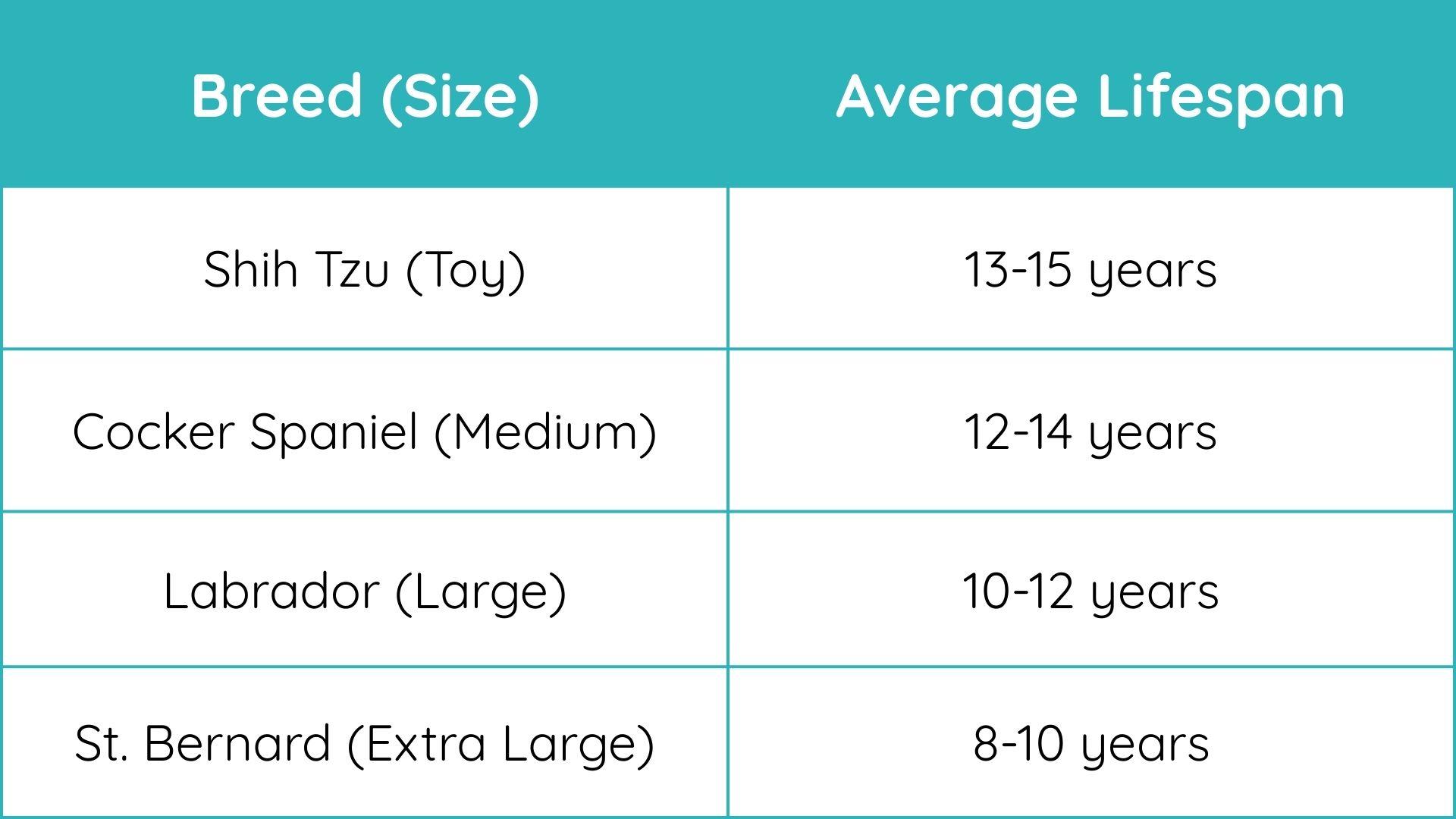
Keep in mind, this is just a general guideline and there will always be individuals that live quite a bit shorter or longer than this.
Some of the longest lived dogs include Bluey, an Australian Cattle Dog who lived to the age of 29, and Taffy, a Welsh Sheepdog, who lived to the age of 27. Take note, these are not Toy breeds! So, though smaller togs tend to live longer, there are going to be exceptions.
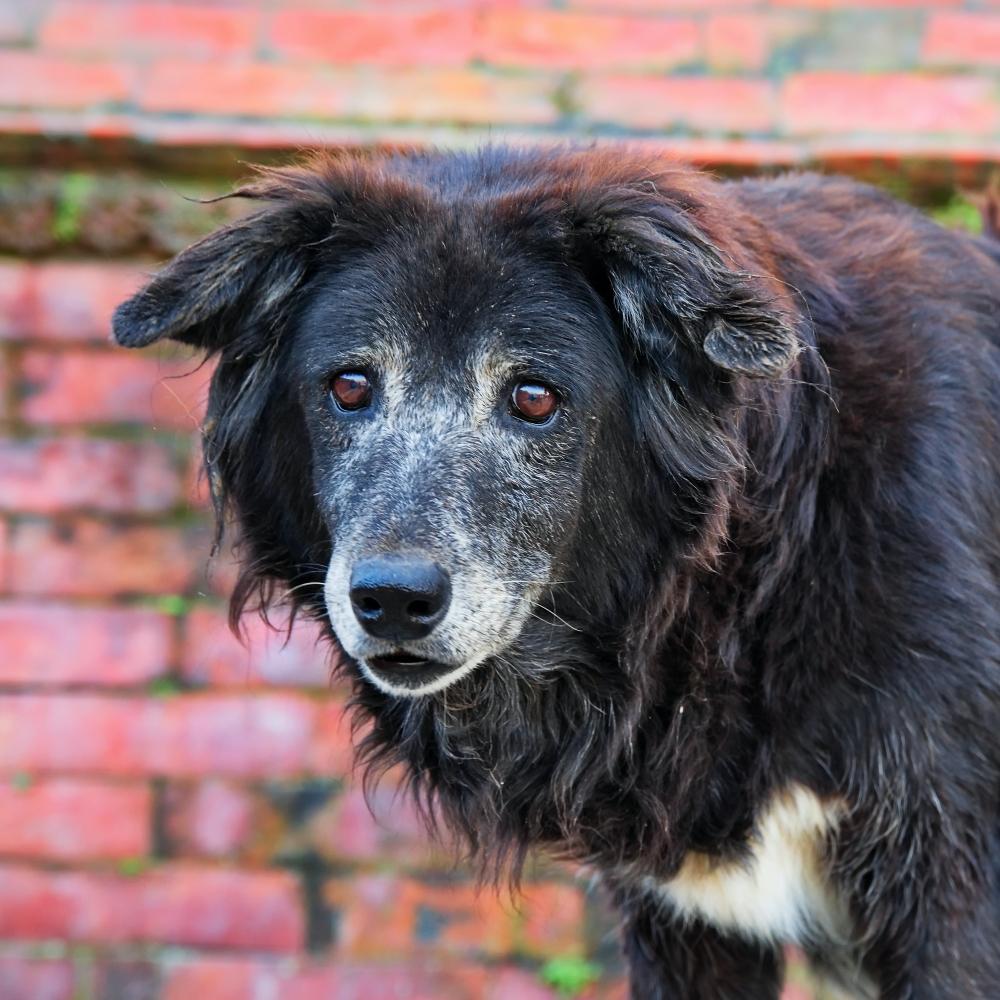
Do the dogs who live the longest do anything differently? Well, it is hard to draw conclusions. However, it is likely that they shared some of the same characteristics, such as ‘good genes’, a lower stress lifestyle, caring owners, and high quality diets.
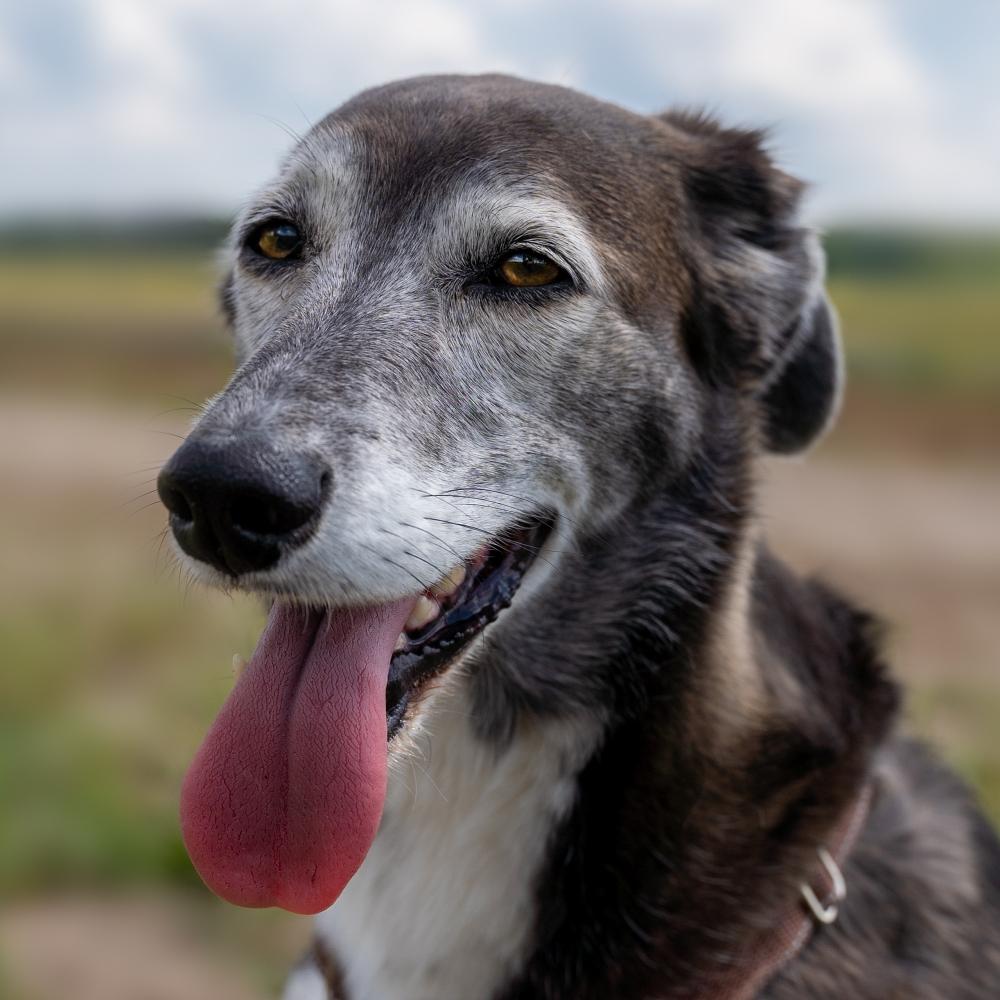
As well as this, it is well publicised that dogs who are not overweight and who stay active into older life will tend to cope well in their senior years. We also know that dogs who have been neutered, those that are small or medium sized, females, and dogs who are not inbred or brachycephalic (flat-face) generally live the longest.
As your dog enters their golden years, you will appreciate that they look and act differently. Their change in appearance is often easiest to notice when looking back on old photos and videos.
Some of the physical signs you will see include:
Stiffer movements. Though this won’t affect every dog, the vast majority are going to experience at least some degree of arthritis and muscle ache as they age.
A reduced muscle mass. Stiffer movement and poorer mobility tends to mean wasting of muscles, particularly over the rump.
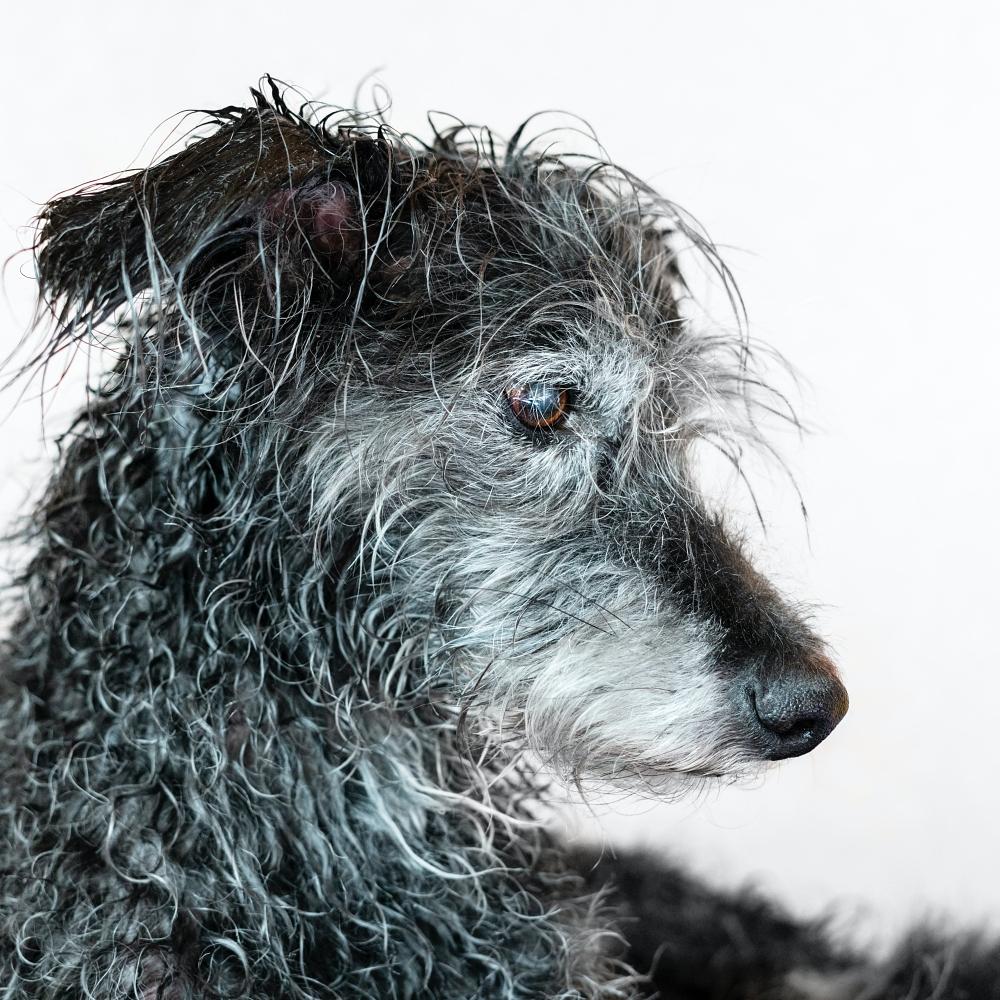
Grey fur. Though fur can turn grey in any location, the majority is visible on the muzzle and face.
A dulling of their eyes and coat. You may find your dog’s coat is less shiny, and that their eyes lose their sparkle.
Weight loss. Weight loss is not necessarily a normal sign of again, but it can be a side effect of muscle wastage and a lower appetite.
Calluses on elbows. Calluses are especially prevalent among larger breeds, as their body tries to protect itself from hard surfaces the dog lies on.
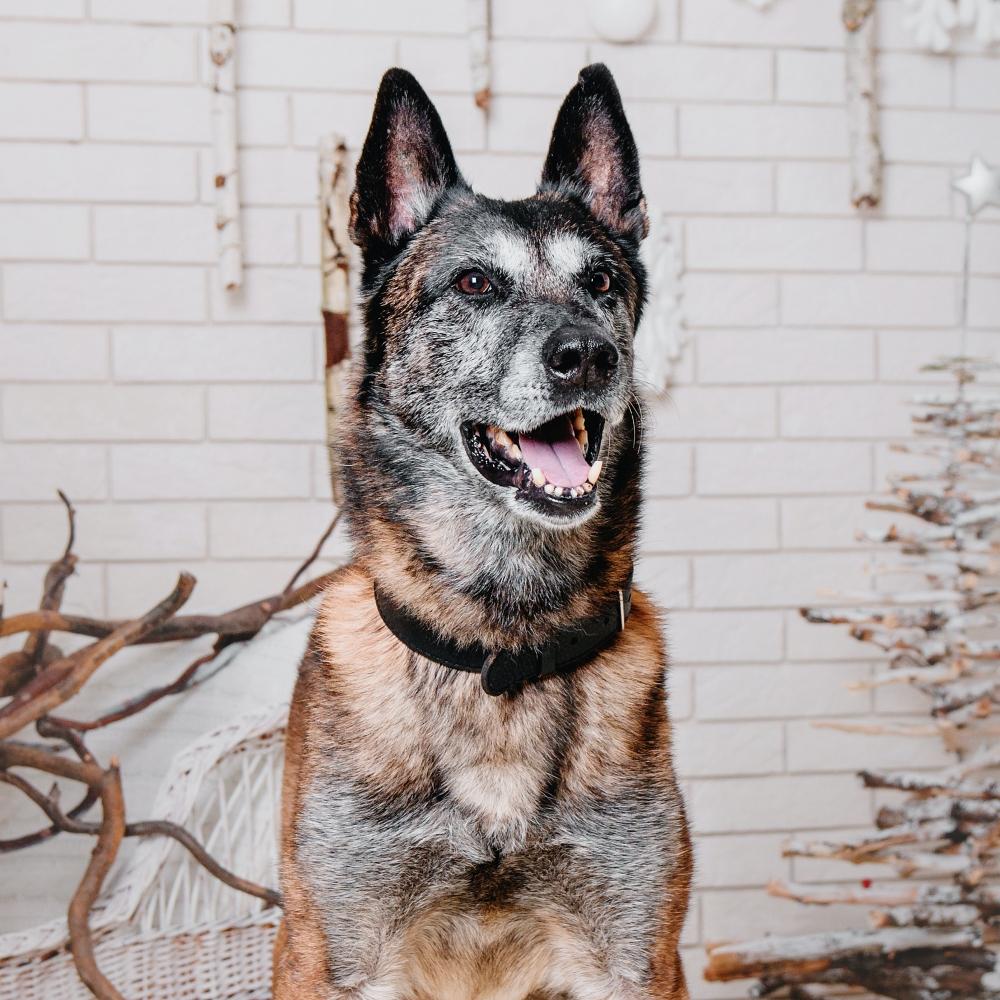
Some dogs also develop a bluish tinge to their eyes, which is called nuclear sclerosis. This is more of a cosmetic change, and is not thought to have much impact on their vision.
As well as looking differently, your golden oldie will not act the same as they did when they were middle-aged. You’ll find that they need a lot more sleep and are more reluctant to join in with games or to follow you around the home. Some may also develop signs of cognitive decline, such as confusion, restlessness, and pacing.
And now for the million dollar question! What can you be doing to help your dog live longer? And not only to live longer, but to thrive in their old age and to enjoy a good quality of life.
A lot of research points towards the strong link that body condition score and longevity share. Restricting calories helps prevent obesity, and can add years to your dog’s life. Being a healthy weight also means a lower likelihood of developing certain diseases including some cancer types, arthritis, and diabetes.
Though there can be a temptation to ‘let sleeping dogs lie’, owners should not neglect their older pets. Even very old dogs benefit from daily exercise (in moderate amounts), as well as mental enrichment and even a little bit of training.
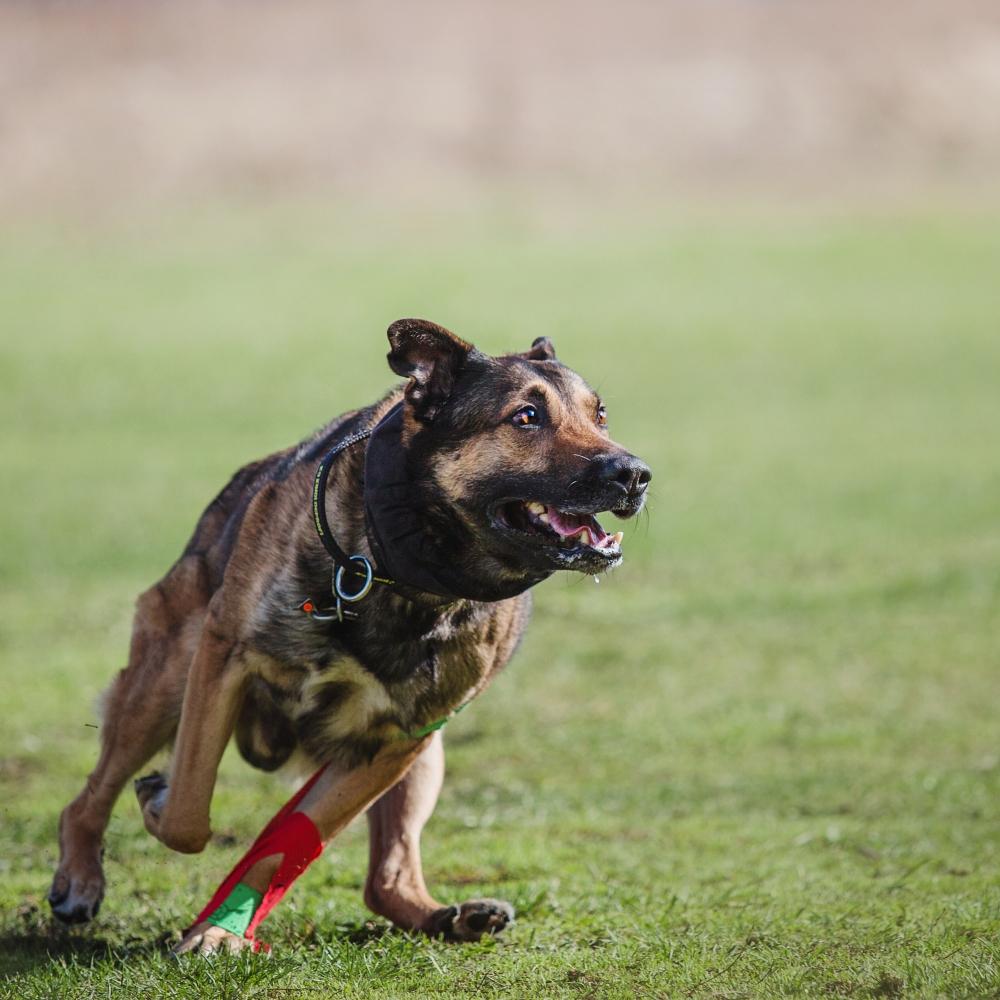
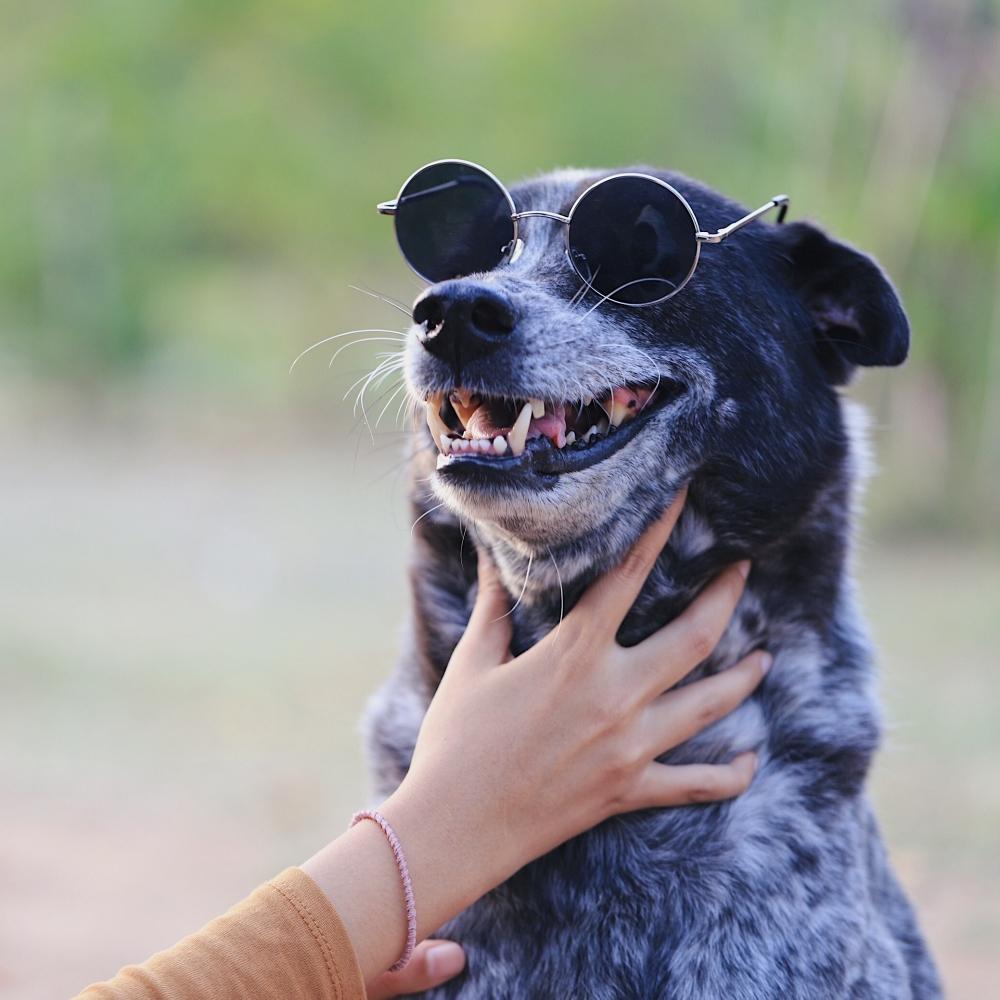
If you give them purpose, they will feel they have more to live for. Current data even suggests that keeping them engaged and stimulated can slow down the progression of canine dementia.
Of course, you also want to be having your dog regularly checked over at their vets. Though we tend to see adults about every year or so, seniors need to be seen at least twice a year. This is because new medical issues are so common in this age group, and we want to identify and provide treatment for them as soon as we can.
Consider what you are feeding your dog. Remember, their diet is what fuels them. When in their senior years, they should be on an age appropriate diet that is highly digestible and contains an adequate amount of protein to prevent muscle wastage.
You may also consider providing some supplements, such as fish oil to support skin and joint health, and probiotics to improve the gut microbiome. Where possible, steer clear of overly processed foods and try not to indulge them with too many treats.
Finally, don’t forget routine preventative care. Things like vaccines, parasite prevention, and dental cleaning are just as important in senior dogs.

As an owner, knowing how old your dog is in human years is important when it comes to knowing what to expect from them, and so you can tailor their lifestyle appropriately.
Now, when you see someone jogging around the park with their nine year old Chihuahua or Jack Russel, instead of wondering if you should be doing the same with your Great Dane, you can reassure yourself that your leisurely walking pace is likely more appropriate for a dog in their seventies!
By knowing your dog’s rough lifespan, you can take the reins when it comes to cherishing time together and celebrating every year. The awareness of how limited your time together is can be a great motivation for being more intentional about making some wonderful and lasting memories together.
See How Dog Owners Are Using These Leak-Free Potty Pads to Keep Their Homes Clean and Pups Happy
4.7 ⭐⭐⭐⭐⭐
Over 100,000 Dog Owners Saved Money With Potty Buddy™
The washable pee pads that absorb anything your dog throws at them, while keeping your floors and furniture stain-free.
✅ Super Absorbent and Leak-Proof
✅ Great for Potty Training
✅ Ideal for Puppies and Older Dogs
✅ Washable and Reusable For Years
✅ Save over $400/year by not buying disposables
-60 Day Money Back Guarantee-

⭐⭐⭐⭐⭐
-Diana D.
These pads are a life saver for my kitchen floor and bedroom carpet! Just ordered 2 more!




Follow Us On
Check Out Our Most Popular Content